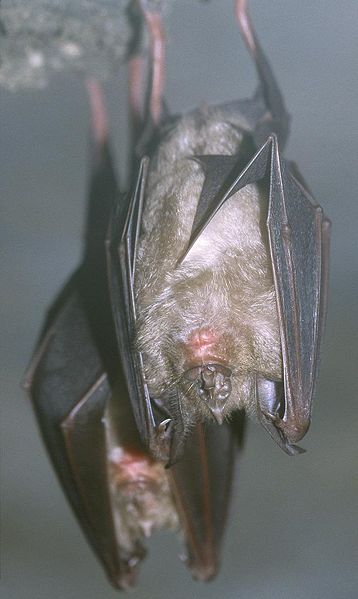
Thank you for joining me for another amazing week of Wild Facts. We are going to start it off with a rather unique looking animal, the Horseshoe Bat. We can find these peculiar bats in the temperate and tropical regions of Europe, Africa, Asia and even further south into northern and eastern Australia. So pick a country, pack your bags and lets go find us some bats! So? What country did you pick? I chose to travel to Asia just to mix things up a bit but I hope at least one of you are going to come with me. We can’t all go to Australia, you know.
The Horseshoe Bat gets their name from the horseshoe shaped, leaf-like structures protruding from their nose. Not only do these leaf-like structures make the bat even cuter and more cuddly then other bats but they also serve a very valuable purpose. By now, we should all be aware that bats use echolocation to find their way (and food) at night. Well the Horseshoe Bat uses these structures to emit their high pitched frequencies required for successful echolocation. It is believed that these horseshoes allow the bat the ability to focus their sound better. Hmmm… I wonder what happens if they have to sneeze? I just picture a poor Horseshoe Bat trying to find his way around while he has a cold, cursing while blowing his nose as he flies into a tree.

Like most other bats the Horsehoe bat is nocturnal, however, they tend to get a later start on the hunt then most other bats. As well, they prefer to hunt about 6 m (20′) off the ground so hopefully they won’t be hitting your head as you are putting the garbage out at night. Again, like most bats the Horseshoe Bat is capable of plucking their insect prey out of mid-flight or while the insect sits on a twig or a leaf not realizing it is about to become dinner. Interestingly enough some of the Horseshoe Bat species will actually sit quietly in a tree and grab the insects as they fly by. It kind of reminds me of a frog but with an ugly nose instead of long, sticky tongue.
The next time you are out and about in Horseshoe Bat territory make sure you keep an eye out for a colony. That’s right, these bats will actually rest together. These colonies range from 20 to 2000 individuals. That is quite the range that might make predicting an exact number difficult. The Wooly Horseshoe Bat likes to be different as they will usually roost in pairs. Awww, isn’t that sweet.
Our little trip to learn about the Horsehoe Bat has come to an end. Don’t cry, we will learn about another wickedly cool animal tomorrow. Enjoy the rest of your day.
Source:
Horseshoe Bats: Rhinolophidae – Behavior And Reproduction

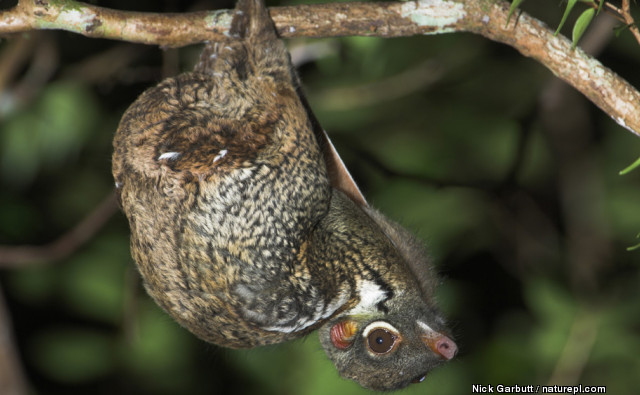
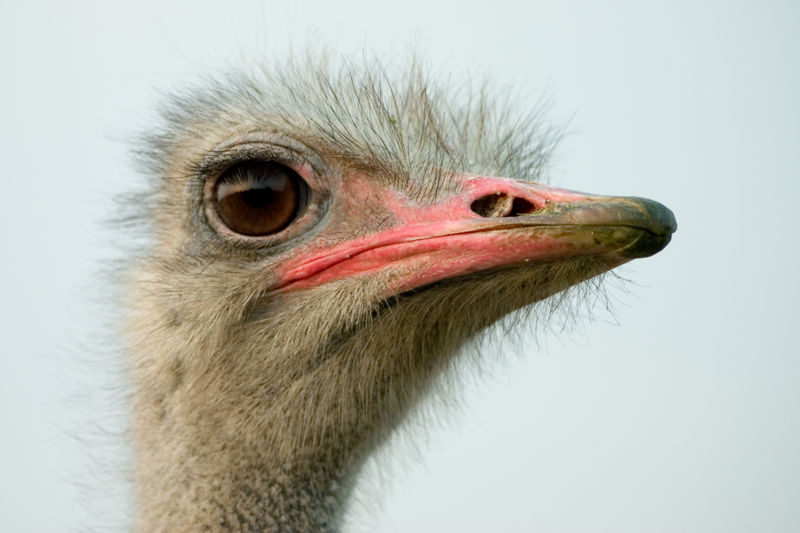

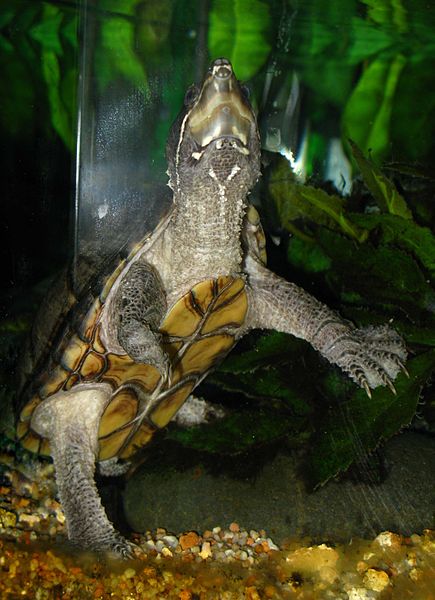
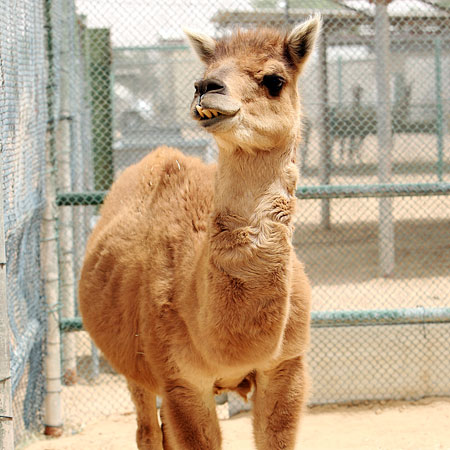
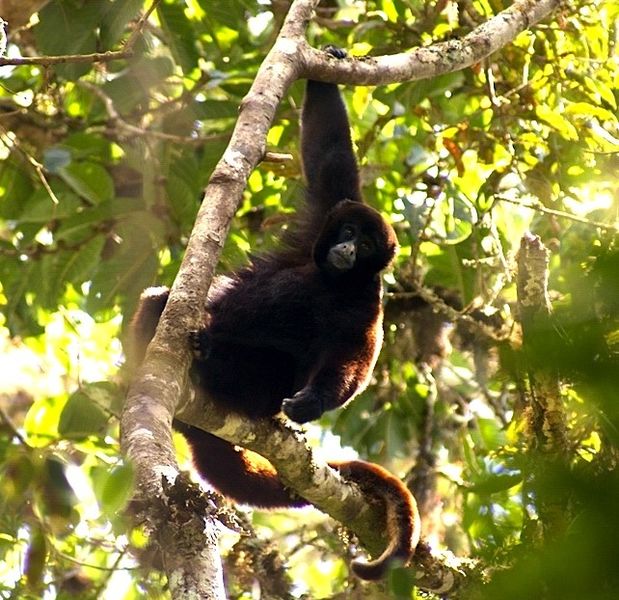
Nathan-I hope you plan to make a book out of these someday. Kids would love it. What can one say about bats? They definitely have a mythical quality. These nocturnal marauders have stirred more than one poet’s imagination.
Hey NP!
I suppose a book is always an option. I guess we will see what happens when I get to 1000 Wild Facts. It might make a lot of sense to put them in paper format. Thanks for the compliment.
You are absolutely right about the mythical side of bats and how they cause the creative juices to flow!
Great post! I’m a bat fan and had never heard of these. They’re adorable!
Hi Larissa,
I am very glad that you enjoyed the fact on Bats. They are definitely interesting.
I don’t know too many “bat fans” so it is really great to find out you love bats.
Thanks for stopping by!
Hi, my son is in 5th grade and is doing a reserch project on Horshoe Bats. Thank you for sharing your information. We found it to be ver helpful. 🙂
This was really helpful for my daughter. She is working on a project about bats. She never heard of these bats so she wanted to study about them.